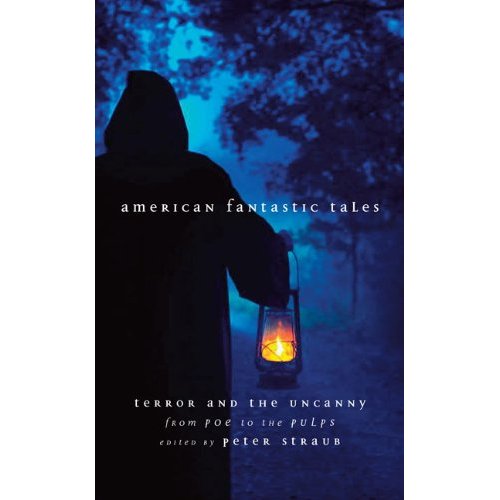Another Cimmerian Contributor Goes West
Tuesday, September 29, 2009
posted by Leo Grin

Don Herron reports that legendary fan/scholar Ben P. Indick has died:
The Mighty Inbendick has fallen.
In the REH context, long before you and other new guys came along to conspire with in boosting Howard’s name, Ben was a major wingman in whatever plans I made, the experienced fan writer — or longtime independent scholar — covering the flanks for me, the new guy. I am pretty sure I first encountered Ben when I joined REHupa with mailing eleven in 1974, and he immediately joined me when I bailed out of the dismal REHupa of that day to start The Hyperborian League. And from there we plotted the book that emerged in 1984 as The Dark Barbarian, with Ben handling the job of surveying Howard’s westerns. He did quite a few other nods to REH as well — unlike many of the so-called scholars today who seem to want applause for even acknowledging Howard’s existence, Ben was treating him with respect alongside Lovecraft, Tolkien, Bradbury and others all along. His prolific record is in print for anyone to check.
Indeed. Ben contributed a nice article about L. Sprague de Camp and Conan, “The Would-Be Cimmerian” to TC V4n1, wherein he revealed that de Camp had once traded him the carbon for REH’s “Wolves Beyond the Border” for some Arkham volume de Camp wanted. He was in REHupa when I was five years old, and of course had a long history in fandom before that. One of my favorite Mighty Inbendick appearances is the polite, I’m-too-busy-to-answer letter that J.R.R. Tolkien wrote regarding Ben’s “long and interesting letter and comments” in 1966 — that bit appears in The Letters of J.R.R. Tolkien, page 366.
His presence in the field stretched back almost to the very beginning, and by the end he had made it all the way to age 86 in relative style, engaged in his passions until the end. A proud member of First-and-a-Half Fandom, he was active in the arena since the 1940s. His books included The Drama of Ray Bradbury, A Gentleman from Providence Pens a Letter and From Entropy to Budayeen, concerning the works of the late George Alec Effinger. Ben contributed essays to every critical anthology edited by Darrell Schweitzer through 2006 and, as mentioned above, notably provided his longtime friend Don Herron with “The Western Fiction of Robert E. Howard” for the landmark collection of Robert E. Howard criticism The Dark Barbarian in 1984. In later years he took great pleasure from his son Michael Korie’s career, the younger Indick having become a celebrated, Tony-nominated Broadway lyricist.
We thus add a red nail in his name to the grim Cimmerian totem of honor, alongside other fallen contributors Leon Nielsen, Bob Baker, Jay Corrinet and Steve Tompkins. I’ll leave you with a reminiscence Don Herron wrote for his good friend on the occasion of his eighty-sixth birthday last month:
I first encountered my longtime pal Inbendick in REHupa, the amateur press association devoted to Robert E. Howard, when I joined in 1974, if the thirty-five years we’ve spent as pals since then constitutes longtime. Ben and I have been involved in so many projects together — Fear Itself and other books on Stephen King, The Dark Barbarian, and on and on — that just listing the titles would fill a page, maybe two pages. Maybe three. Best of all, during those years I have gotten to hang out with the man himself, first when he and Janet visited San Francisco and went on the Dashiell Hammett Tour in the early days, and also several times when I blew through New York. I remember one time in the early ’90s when Ben and I were kicking around the Big Town and he mentioned how much he loved the Brooklyn Bridge, which I told him I had walked across the day before. Ben said he’d never walked across the bridge! New Yorkers always amaze me, but we cleared that one up fast by hiking across the Brooklyn Bridge right then, me for the second time and Ben for the first. And one day he showed me all over midtown, walking my famous walking feet almost off — as it happened, that exploration coincided with the first Cow Parade in New York, so as a bonus we got into hunting down all the crazy art cows we could find, at least 80 out of the 300 or so set up all over the city — dashing out to a median divider we found the cow painted up by Peter Max! Yeah, just standing there in the middle of the bustling street. Good times, all, with a guy I certainly consider one of my best friends ever.
Happy birthday, boss!
And now, rest in peace. Ben Indick — 1923-2009.
















